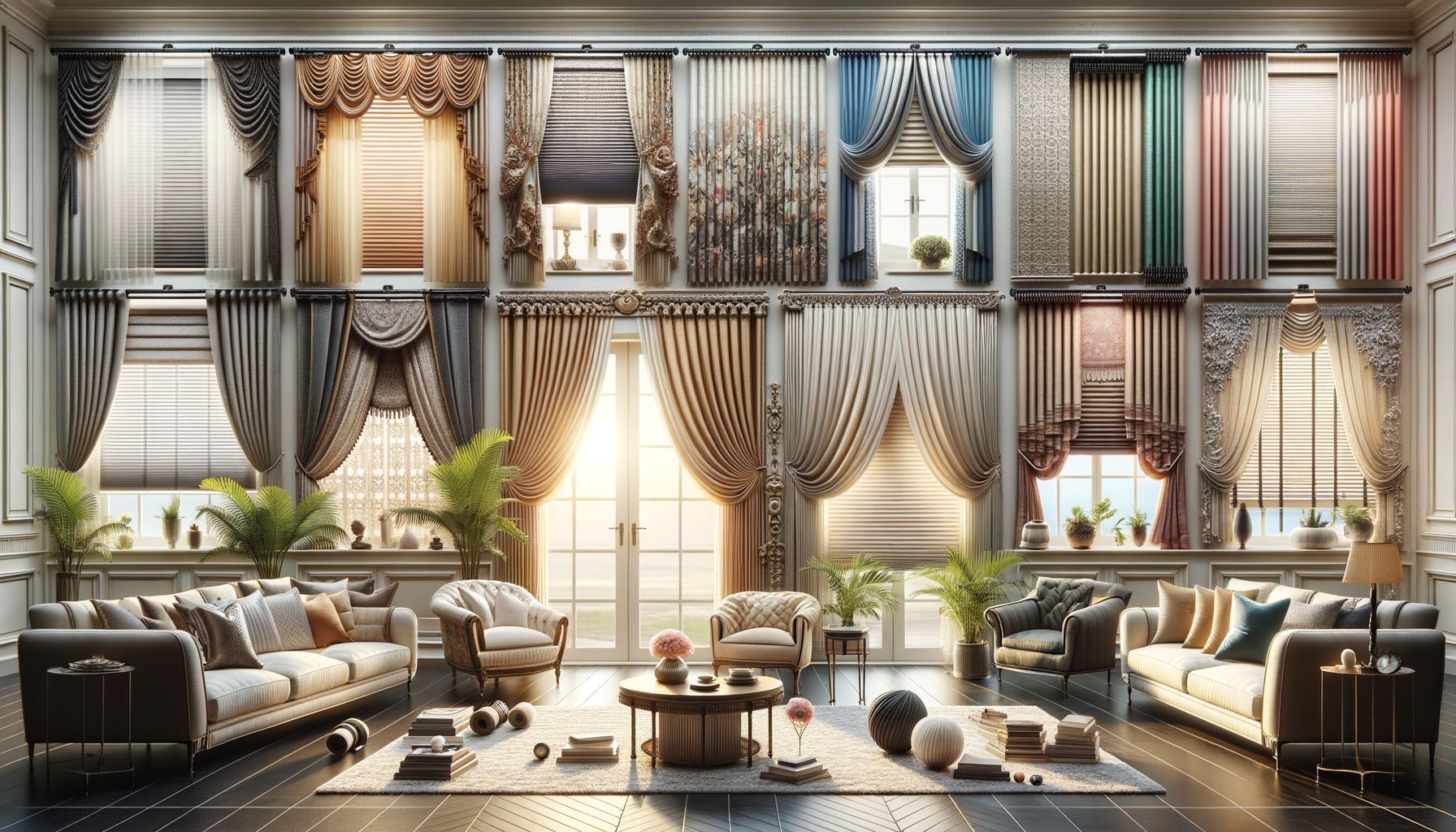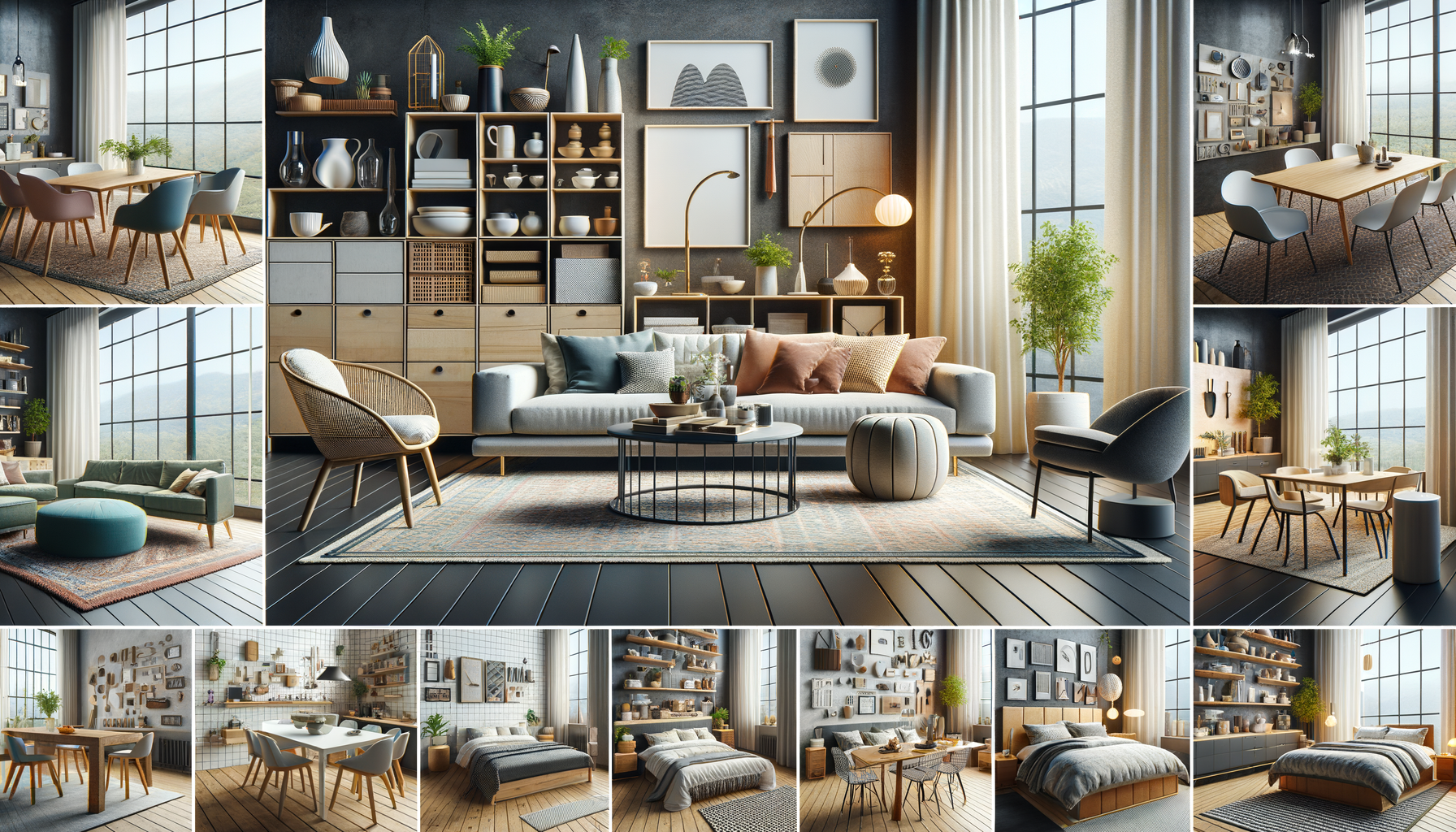Understanding the Basics: Types of Curtains
When it comes to choosing curtains, understanding the various types available is crucial. Curtains are more than just window coverings; they are an integral part of your interior design. Broadly, curtains can be categorized into several types based on their material, style, and function. Some popular types include sheer curtains, blackout curtains, and thermal curtains.
Sheer curtains are lightweight and allow natural light to filter through, making them ideal for living rooms or spaces where you want a soft, diffused light. They offer a breezy and airy feel, perfect for creating a relaxed atmosphere. On the other hand, blackout curtains are made from heavier fabrics designed to block out light completely, making them suitable for bedrooms where complete darkness is desired for better sleep.
Thermal curtains, meanwhile, are crafted to provide insulation, helping to keep your home warm in the winter and cool in the summer. This energy-efficient option can lead to savings on heating and cooling bills. Understanding these types and their functions can guide you in selecting the right curtains for each room in your home.
Material Matters: Choosing the Right Fabric
The fabric of your curtains can significantly impact both the aesthetics and functionality of your window treatments. Common materials include cotton, linen, silk, and synthetic blends, each offering unique benefits. Cotton is a versatile and durable option, available in a variety of patterns and colors, making it suitable for most rooms.
Linen, with its textured finish, adds a touch of elegance and is perfect for a casual or coastal vibe. However, it tends to wrinkle easily, which might require more maintenance. Silk curtains exude luxury and are ideal for formal settings, but they can be expensive and require careful handling.
Synthetic blends, such as polyester, are budget-friendly and easy to care for, offering a wide range of styles and colors. When choosing fabric, consider the room’s purpose, the amount of sunlight it receives, and your budget. The right fabric can enhance your decor while providing the desired level of light control and privacy.
Color and Pattern: Setting the Mood
The color and pattern of your curtains can dramatically influence the mood and appearance of a room. Choosing the right color involves considering the existing color scheme of your space. Neutral colors like white, beige, and gray are timeless and versatile, blending seamlessly with various design styles.
For a bolder statement, consider vibrant hues like deep blue or emerald green, which can add depth and character to a space. Patterns, whether floral, geometric, or abstract, can inject personality and interest. However, it’s essential to balance patterned curtains with other elements in the room to avoid a cluttered look.
When selecting colors and patterns, think about the effect you want to achieve. Lighter colors can make a room feel more spacious, while darker shades add coziness. Patterns can either complement or contrast with your furniture and decor, so choose wisely to create a harmonious and inviting atmosphere.
Measuring and Installation: Getting It Right
Accurate measurements are crucial for ensuring your curtains fit perfectly and function as intended. Start by measuring the width of your window and decide how much of the wall you want the curtains to cover. For a fuller look, curtains should be 1.5 to 3 times the width of the window.
Next, determine the length. Curtains can either hover just above the floor, puddle slightly, or hang to the windowsill, depending on your preference and the room’s style. Consider the height of your curtain rod as well, as hanging curtains higher can give the illusion of taller ceilings.
Installation involves choosing the right hardware, such as rods and brackets, that can support the weight of your chosen curtains. Ensure that the rod is level and securely anchored to avoid any mishaps. Proper installation not only enhances the appearance of your curtains but also ensures their longevity and ease of use.
Maintenance and Care: Keeping Curtains Fresh
To keep your curtains looking their best, regular maintenance is essential. Dust and dirt can accumulate over time, affecting their appearance and function. Depending on the fabric, some curtains can be machine washed, while others may require professional cleaning. Always check the care label for specific instructions.
For day-to-day maintenance, vacuuming with a brush attachment can help remove dust and prevent buildup. Spot cleaning is effective for minor stains, but be sure to test any cleaning solution on an inconspicuous area first. For heavier fabrics like velvet, consider steaming to remove wrinkles and refresh the material.
Regular maintenance not only preserves the beauty of your curtains but also extends their lifespan. By investing a little time in their care, you can enjoy the elegance and comfort they bring to your home for many years.




Leave a Reply